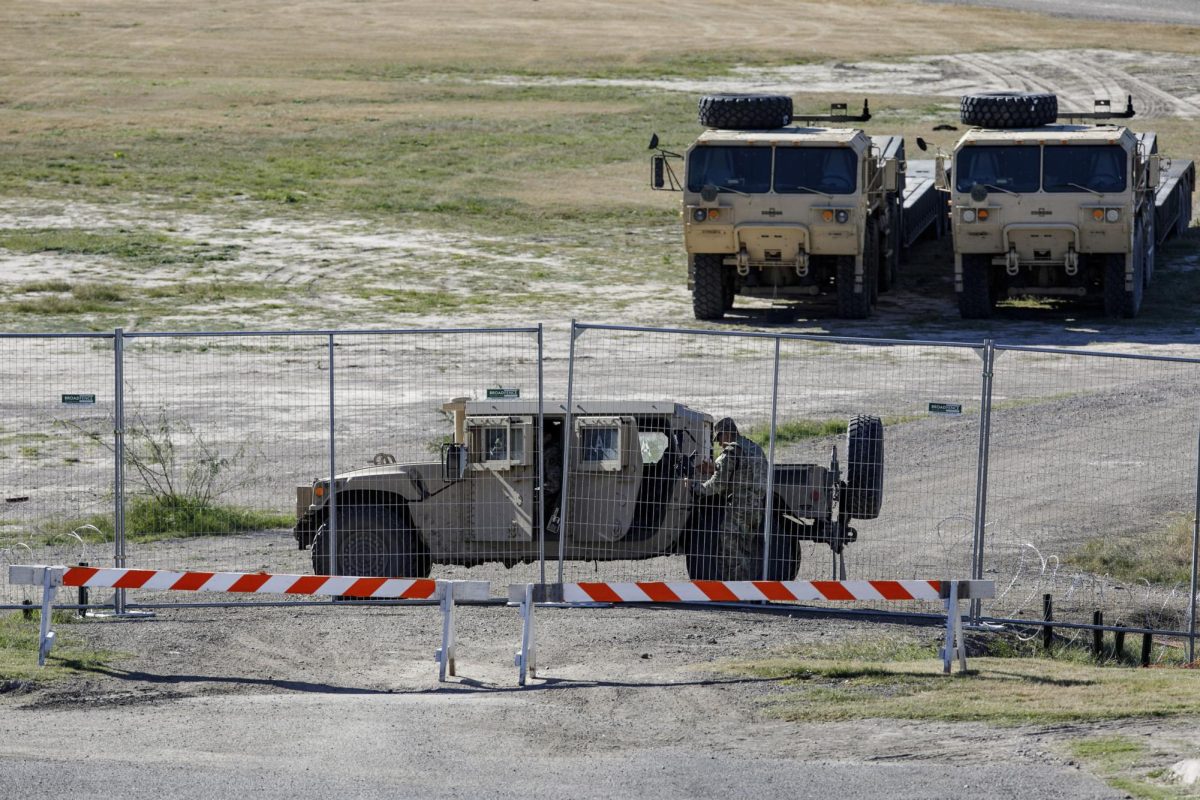A college student at the University of Nebraska-Lincoln has interpreted a 2000-year-old ancient Roman scroll that was burned by the volcanic eruption of Mount Vesuvius in 79 A.D. with the power of Artificial intelligence
The scrolls in question, called the Herculaneum Scrolls, were housed in a library in Pompeii when the historic volcanic eruption of Mount Vesuvius devastated the city, leaving the library covered in volcanic debris.
In the 1750s, these scrolls were recovered but remained unopened since the intense damage would cause the scrolls to crumble.
Brent Seales, a computer science professor at the University of Kentucky, developed a computerized X-ray machine in 2002. Seales was optimistic that this machine would be able to read the scrolls, and traveled to one of the museums that houses them.
The X-ray machine was unable to detect the text because of the type of ink used on the scrolls, being charcoal and water.
Years later in 2019, Seales developed and used an AI program and was able to successfully photograph the text.
This was only one step in the process, however, because the letters on the scrolls still had to be interpreted.
This is when Seales created the Vesuvius Challenge.
Seales and his team uploaded the images they took of the scrolls using their program and offered up to $1 million to anyone who could translate the letters.
Luke Farritor, a junior computer science major at University at Nebraska-Lincoln, heard about the challenge and started using his own AI program to try and decipher the text.
While at a friend’s party, Farritor received a new image of a scroll and immediately ran it through his AI program. Hours later, he checks on the program only to find out that his AI program had deciphered 16 of the letters.
Some of the letters, “πορφύραc,” were translated to “porphyras” which means “purple” according to papyrology professor at University of Naples Federico II, Fredrica Nicolardi.
There are still many scrolls to decipher, and the Vesuvius Challenge is continuing to offer a reward for anyone who can translate the letters.




